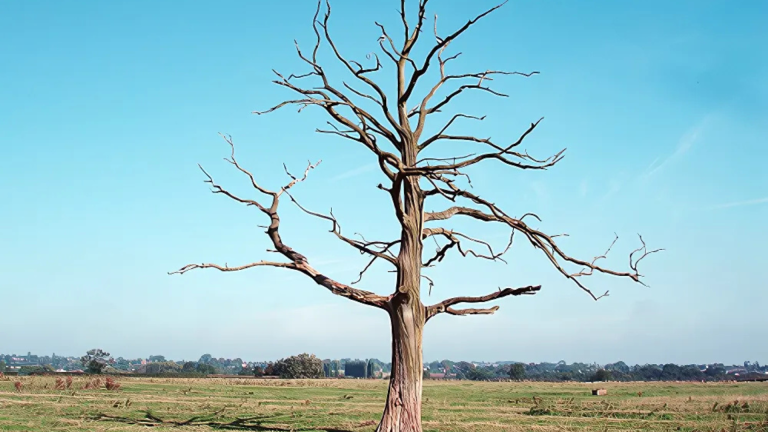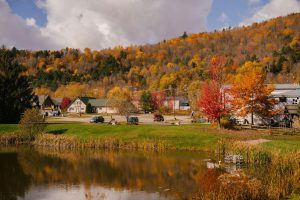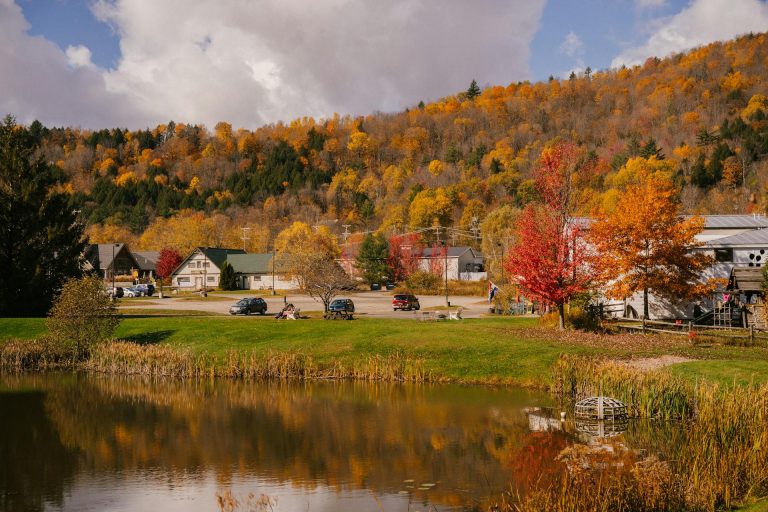A healthy tree brings signs of life—green leaves, flowers, and fruit. But what if your tree doesn’t give any fruit at all?
This is what many people encounter when they see a tree that appears healthy but fails to produce fruit. A barren tree fails to grow fruit, even during the right season.
Some trees bloom with flowers but never give any harvest. Others may not bloom at all. This can occur for various reasons, often leaving people confused.
Is the tree too young? Is the soil missing something? Has the weather changed things? This blog will help you find answers. You’ll learn why a tree might not bear fruit, how to tell if it’s truly barren, and what steps can help fix the problem.
If your tree has stopped producing, this guide provides the essential information you need to move forward.
Why Do Trees Become Barren?

When a fruit tree doesn’t produce, it can feel like something went wrong—but it’s often a fixable problem. A barren tree may look healthy on the outside, but it still won’t give any harvest. Several key reasons may be behind this.
- Poor or missing pollination: Some trees require pollen from a nearby tree. If bees or other insects are not active around the tree, it may never get the pollen it needs.
- Incorrect pruning or timing: Pruning too much or at the wrong time of year can remove the buds needed for fruit production.
- Nutrient problems in soil: Without the right mix of nutrients, the tree may grow leaves but not fruit.
- Weather damage (frost, heat, drought): Sudden cold, extreme heat, or dry soil can hurt blossoms and stop fruit from forming.
- Tree age, type, or health limits: Some trees are simply too young or too weak to produce yet. Others may not be the right type for your area.
By understanding these causes, you can start making small changes that give your tree a better chance to produce fruit.
How to Tell If a Tree Is Truly Barren?
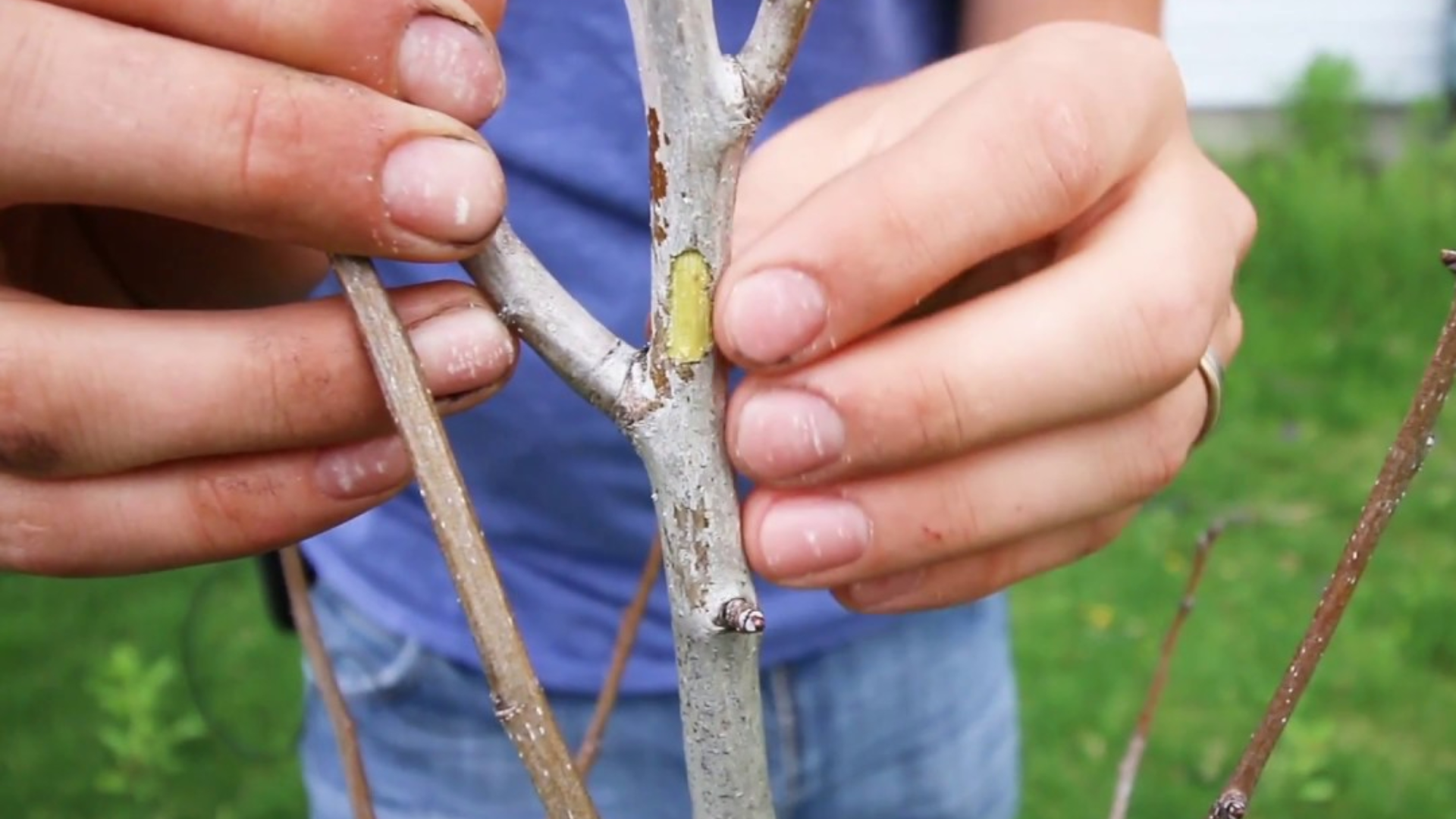
It’s important to know the difference between a tree that’s slow and one that’s truly barren. Not all trees grow fruit right away. Some just need more time.
Each tree type has its own fruiting age. For example, apple trees typically begin producing fruit after 2 to 5 years. Peaches may take 3 years, while figs might take even longer, depending on the weather and the level of care.
A healthy tree will have green leaves, flexible branches, and strong roots. If you notice yellow leaves, dead limbs, or no new growth, the tree may be under stress and not ready to bear fruit.
Some trees may bloom with flowers but never form fruit. Others skip blooming altogether. Both are signs that something is off, either with pollination, care, or timing. Watching how your tree behaves each season helps you tell what kind of problem you’re dealing with.
Seasonal Conditions That Affect Fruit Growth
Even healthy trees can stop producing fruit when the season brings unfavorable weather conditions. Conditions such as frost, dry soil, or pruning at the wrong time can all impact growth.
Spring frost can harm flowers before they turn into fruit. A brief cold snap can halt a harvest, especially for trees that bloom early.
In mild winters, some trees may not get enough chill hours. These hours help trees rest and prepare for spring. Without them, flowers and fruit may not form the way they should.
Too much heat or too little water in summer can also hurt fruit growth. The tree uses all its energy to survive, not to make fruit.
Pruning at the wrong time—especially too late—can remove new buds that have formed. This stops fruit before it even starts. It’s best to prune before the tree begins to grow in spring.
How to Diagnose a Barren Tree?
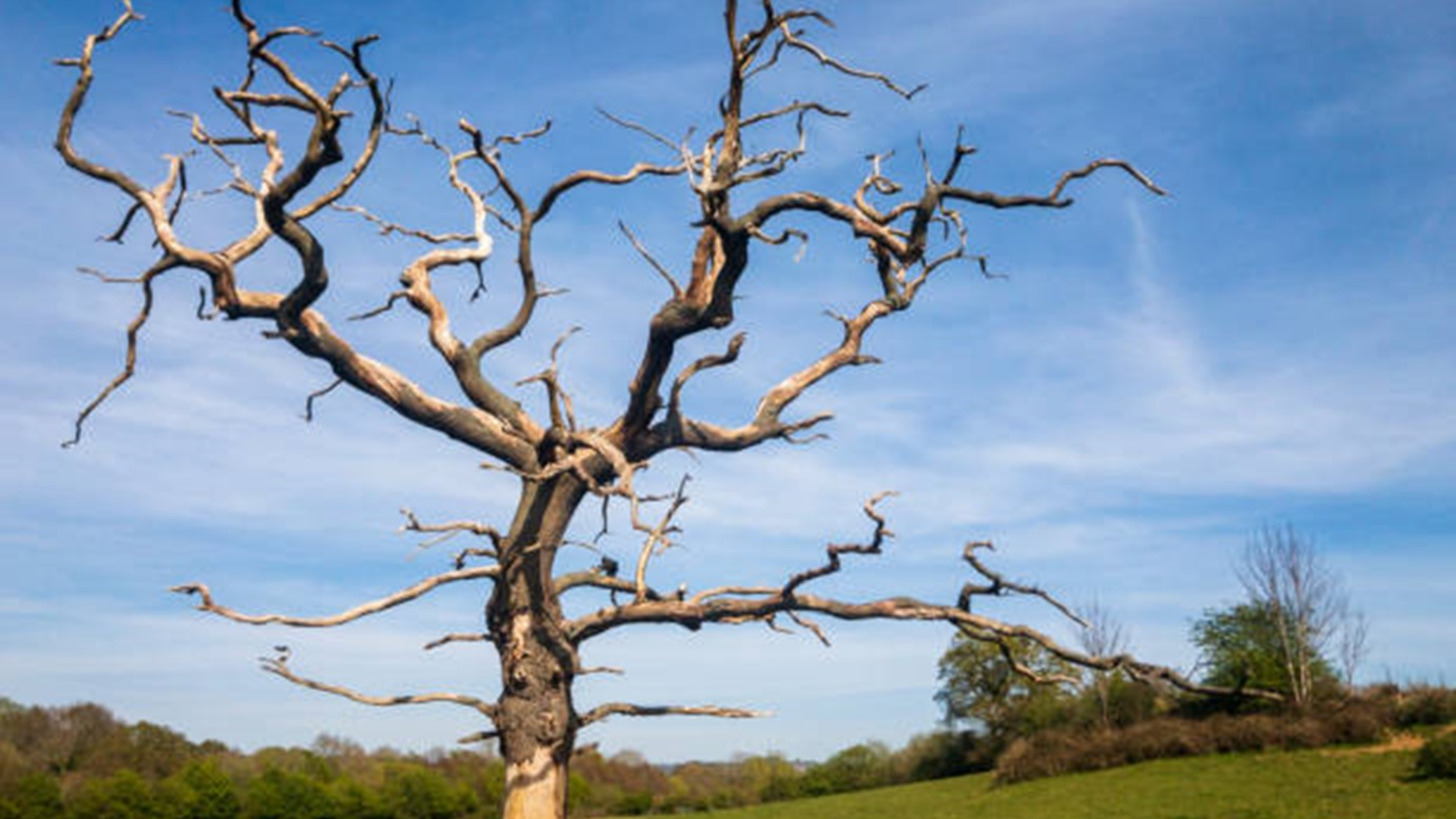
If your tree is not giving fruit, it helps to look closely at different parts of it. Identifying the cause early can save time and increase your tree’s chances of recovery.
Start by checking the leaves, buds, bark, and trunk. Healthy leaves should be green and full of life. Dry, curled, or yellow leaves can point to a problem. Buds should be forming in spring. If you don’t see them, your tree may be stressed. Also, look for cracks or damage on the bark and trunk.
Next, look at the soil around the roots. If it’s packed too tightly or stays soggy, the roots may not be working well. Loose, well-drained soil helps roots grow strong and take in nutrients.
Think back to how you’ve cared for the tree. Excessive water, insufficient food, or overpruning could be contributing to the issue.
Additionally, changes in local weather, such as hotter summers, late frosts, or reduced rainfall, can impact fruit growth.
What to Do If Your Tree Is Not Producing Fruit?
If your tree looks healthy but still doesn’t grow fruit, a few small changes can make a big difference. Many fruit trees stop producing due to stress or minor care mistakes. The good news is that most of these issues are easy to fix.
Start by looking at how and when you prune. Cutting branches during the wrong season or removing too many can remove the parts of the tree that produce fruit. Late winter or early spring is often the best time to prune before new growth starts.
Next, check the soil. Adding compost or a balanced fertilizer can help provide the tree with the necessary nutrients. Weak soil can slow down growth and fruiting.
Ensure your tree receives regular watering, especially during dry periods. But don’t overwater—it’s about keeping the soil moist, not soaked.
Lastly, clear grass and weeds around the base. These can steal water and nutrients the tree needs.
How to Help Your Tree Get Pollinated?
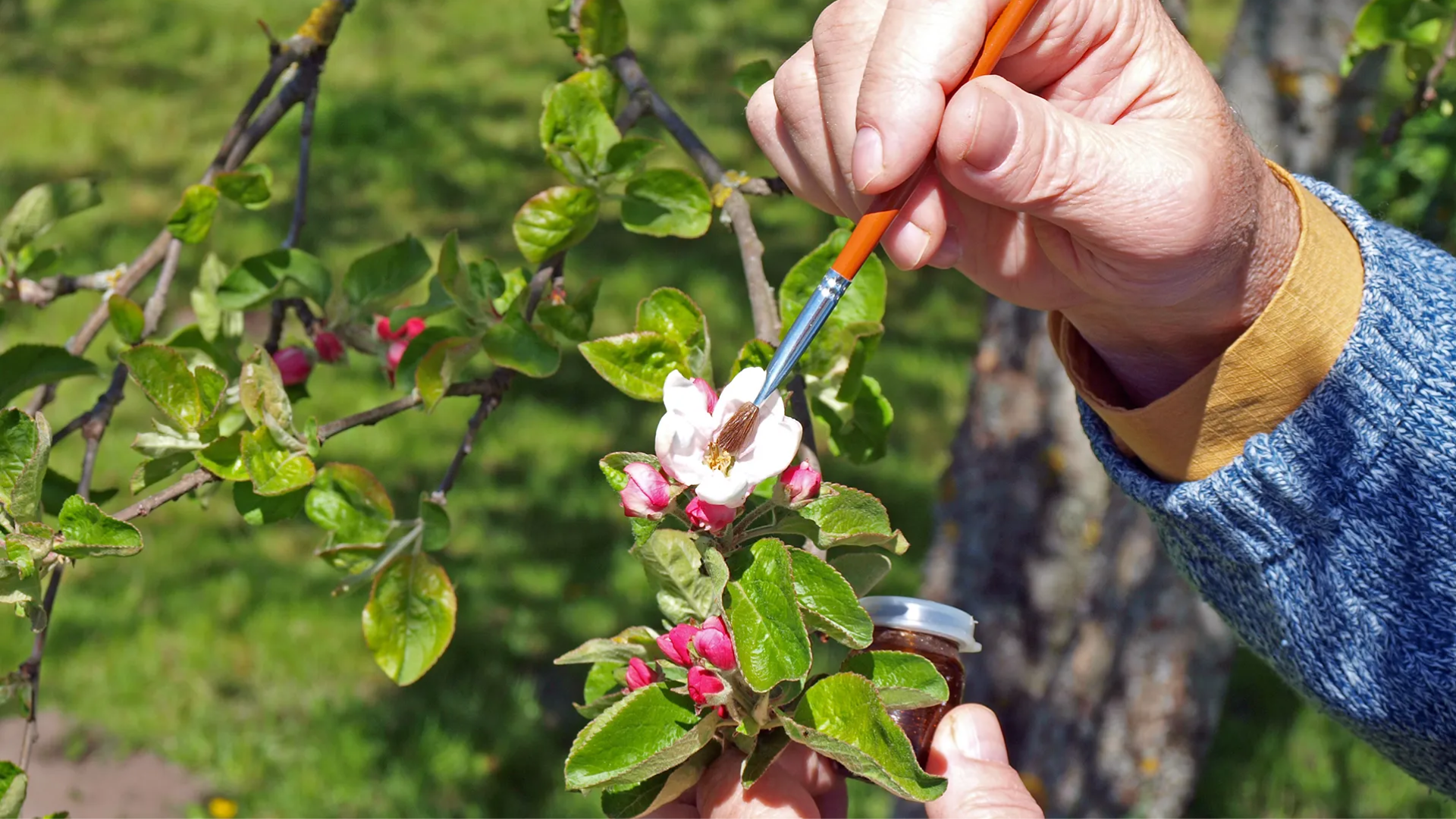
Pollination is what helps flowers turn into fruit. Without it, even a healthy-looking tree can end up barren. Some trees require the presence of another tree nearby to share pollen, while others need assistance in attracting bees and other insects.
- Bring in more bee-friendly plants: Grow flowers near your tree to invite bees, butterflies, and other pollinators.
- Avoid pesticides during bloom: Sprays made to kill pests can also harm the helpful insects your tree needs.
- Try hand-pollinating smaller trees: Use a soft paintbrush or cotton swab to move pollen from one flower to another.
- Add a second tree for cross-pollination: Some trees can’t make fruit on their own. Adding a second tree of the same type can fix this.
Pollination may seem like a minor process, but it plays a significant role. Helping it happen can turn a non-fruiting tree into one that gives plenty.
When to Let Go of a Barren Tree?
If a tree has gone years without giving fruit, even after care and effort, it might be time to think about moving on. Some trees simply won’t recover, while others may respond to a hard reset or replacement.
- How many years to wait for fruit: Most fruit trees take between 3 and 5 years to mature. If it has been longer, the tree may need assistance or replacement.
- Signs the tree will not recover: If the tree has dead branches, cracked bark, or no signs of new growth, it may not come back.
- When to replace vs. prune back hard: If the trunk and roots are healthy, a strong pruning might help. But if the tree is weak all over, it’s better to replace it.
- Replanting with better-matched species: Select a type of fruit tree that suits your climate and soil conditions. Look for one that’s known to do well in your area.
Letting go of a barren tree isn’t easy, but it can open the door to better growth and a stronger harvest down the road.
Choosing the Right Fruit Tree from the Start
Picking the right tree from the beginning makes growing fruit easier. Not all trees thrive in every location, so knowing which ones are suited to your area is essential.
Start by checking your growing zone. This indicates which trees can withstand your winters and flourish in your summers. If a tree needs more warmth or chill than your zone offers, it may never give fruit.
If your yard is small, choose self-pollinating trees. These trees can make fruit on their own without needing a second tree nearby. This saves space and simplifies care.
Also, learn how long it takes for each type of tree to mature. Some trees give fruit in just a couple of years. Others may take five or more. Knowing what to expect helps you plan and stay patient while the tree grows.
Fruit Trees That Commonly Fail to Produce
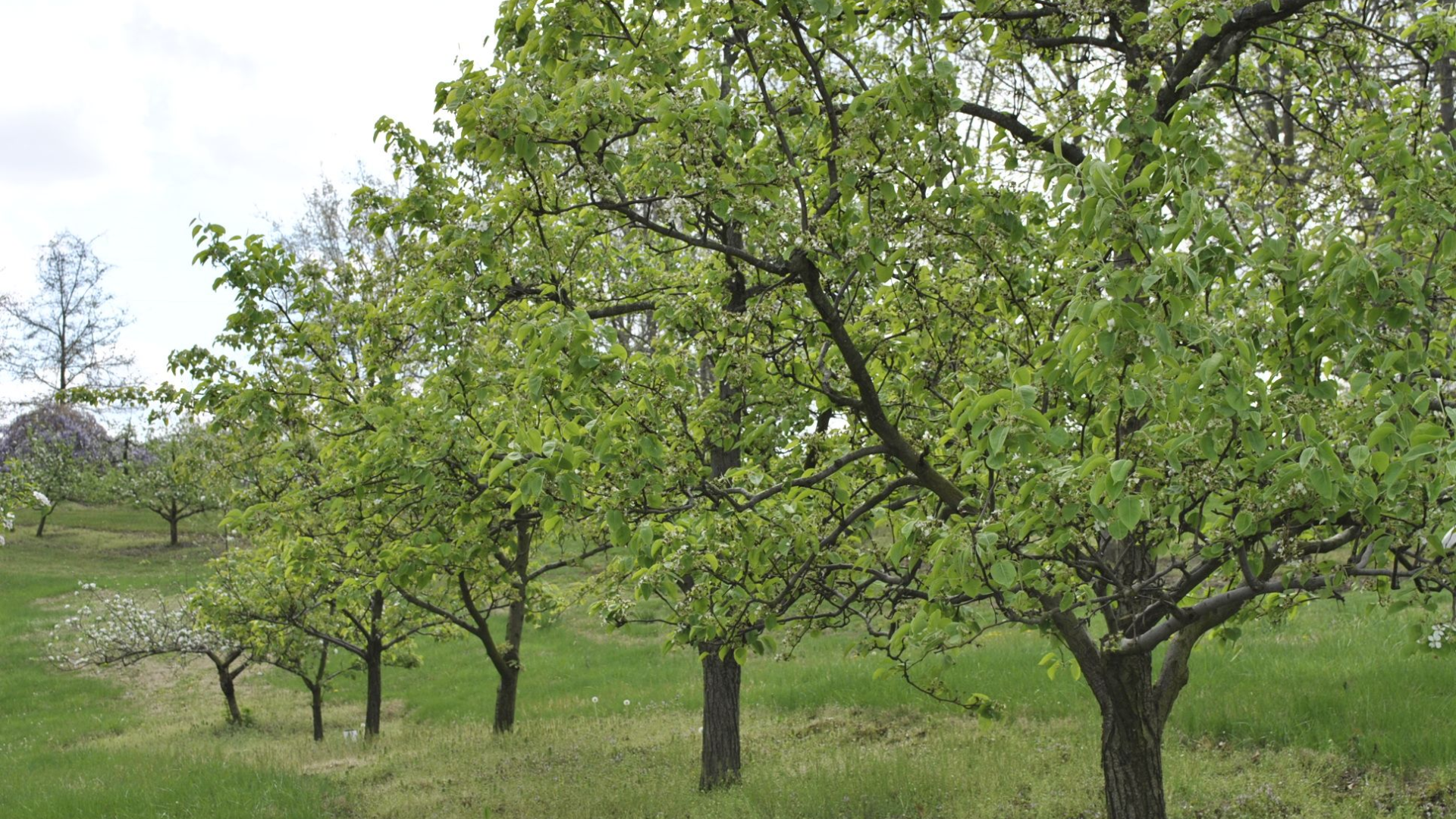
Some types of fruit trees are more likely to stop producing. They may be more challenging to care for, more sensitive to weather conditions, or simply slower to grow. Knowing which ones have these issues can help you plan better.
- Figs: These trees may drop their fruit early or fail to grow any if they don’t get enough warmth.
- Apples: Apple trees often require a second tree for pollination and careful pruning to maintain a steady supply of fruit.
- Cherries: These trees can bloom too early and lose their flowers to frost, resulting in no fruit being produced.
- Peaches: Cold weather and poor pruning can stop peach trees from producing a harvest.
- Citrus trees grow slowly and may take several years to begin producing fruit. They also need rich soil and extra care.
If you already have one of these trees, it doesn’t mean you’ve done something wrong. It simply means they may require more time or assistance to complete the task.
Conclusion
A barren tree is a tree that does not grow fruit when it should. It may look healthy, but it still gives nothing to harvest. This can be frustrating, but it does not always mean the tree is useless.
In many cases, the tree just needs better care. Poor pollination, improper pruning, low soil nutrients, or extreme weather conditions can all hinder fruit growth.
We discussed how to identify these problems and what you can do to help the tree recover.
You also learned when to wait and when it might be time to plant something new. Some trees take several years to produce fruit. Others respond fast once the right changes are made.
The most important thing is to stay patient. Small steps often bring results over time. With the right care, many trees that seem barren can still grow fruit in the future. Keep trying—your efforts can pay off with a better harvest.


